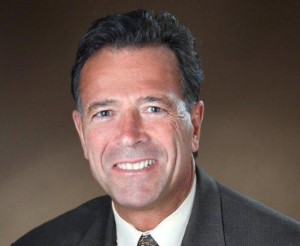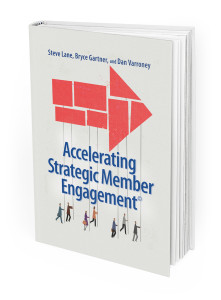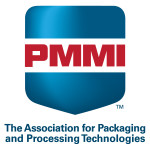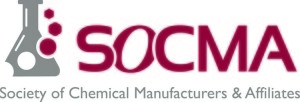Strategic Member Engagement: The Association Member Viewing Lens. Nowadays, Executives no longer make membership decisions per se, they make business decisions. The lens in which these decisions are evaluated and made is all about business, professional, and personal outcomes. Associations who align their offerings do so by first understanding member “up at night” issues.
“We” Focused Community
 For Tino Mantella, President & CEO, the Technology Association of Georgia, www.tagonline.org, listening and reinforcing their engaged solution community is a consistent mantra. Annual membership surveys, focus groups, market studies, and dedicated relationship resources provide Mantella, his senior team, and their Board of Directors with connectivity to member “up at night” issues. (http://bit.ly/1aT4qmn)
For Tino Mantella, President & CEO, the Technology Association of Georgia, www.tagonline.org, listening and reinforcing their engaged solution community is a consistent mantra. Annual membership surveys, focus groups, market studies, and dedicated relationship resources provide Mantella, his senior team, and their Board of Directors with connectivity to member “up at night” issues. (http://bit.ly/1aT4qmn)
TAG also emphasizes collaboration throughout its community and rewards, welcomes, and recognizes “thought leadership” contributions among its 34 different Special Interest Groups.
Test: Is the Association a Highly Engaged Solution Community?
Entrepreneurs, a key TAG membership segment, wanted the organization to help achieve enactment of a $100 million investment fund to assist early growth stage firms. Working as part of a broader business coalition, TAG marshaled its resources. The legislation achieved final passage in the Georgia State Legislature on March 28, 2013. (http://bit.ly/1lcl9Ud)
Data Drives Alignment With The Association Member Viewing Lens
Mantella says “we think about all the ways we listen, learn, and respond to our members.” In 2014 member retention stands at 98% with annual corporate membership growth at 35%.
Strategic Member Engagement: The Association Member Viewing Lens
Associations who regularly conduct member impact surveys (not merely satisfaction surveys) fare better. The survey of 307 Association Executives conducted by Potomac Core Consulting, Vertical Leap Consulting, and icimo, shows that organizations who conduct annual member impact surveys with annual revenue perform 15% higher over a 3 year period than those who do not.
For complete survey results and the “Accelerating Strategic Member Engagement” eBook, sign up at www.potomaccore.com.

















